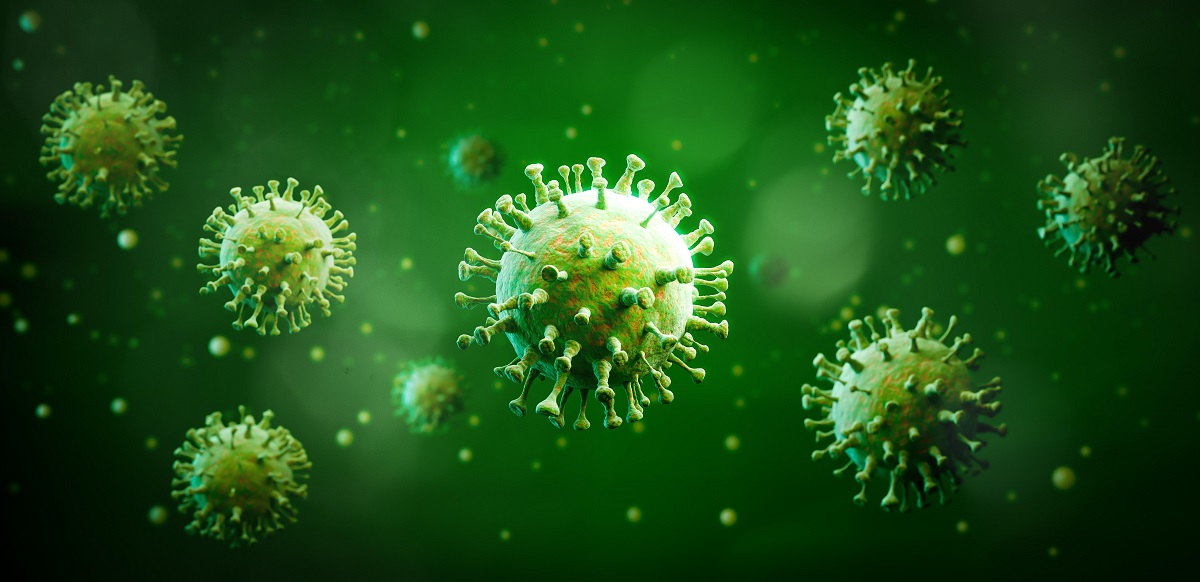KEY TAKEAWAYS
- The phase 1 trial aimed to investigate the efficacy of combining onalespib with paclitaxel in overcoming paclitaxel resistance by targeting HSP90 client proteins in patients with TNBC.
- The primary objective was to determine DLTs and MTD.
- Researchers noticed the promising anti-tumor activity and acceptable toxicity with onalespib and paclitaxel in patients with advanced TNBC; further investigation is ongoing.
Heat shock protein 90 (HSP90) plays a crucial role as a molecular chaperone in stabilizing over-activated client proteins in triple-negative breast cancer (TNBC). Over-expression of these client proteins has been associated with resistance to paclitaxel, prompting the investigation into whether the potent HSP90 inhibitor onalespib could enhance paclitaxel efficacy.
Given the heterogeneity of TNBCs, there’s a pressing need to identify biomarkers for response to this treatment combination.
D. M. Quiroga and the team aimed to assess the synergistic effects of onalespib and paclitaxel in treating advanced TNBC and identify potential biomarkers for treatment response.
Researchers performed an inclusive analysis where patients with TNBC received intravenous paclitaxel and onalespib at doses ranging from 120 mg/m2 to 260 mg/m2 on days 1, 8, and 15 of a 28-day cycle using a standard 3+3 design.
The primary objectives were to determine dose-limiting toxicities and maximum tolerated dose, while secondary objectives included assessing overall response rate (ORR), duration of response (DOR), and progression-free survival (PFS).
Archival tumor tissue was retrospectively obtained and processed for RNA expression analysis using the NanoString nCounter platform with the Breast Cancer 360 panel. Post-hoc gene expression analysis was conducted through Qiagen Ingenuity Pathway Analysis (IPA), employing linear models to detect differential expression between conditions while considering cartridge effect.
Researchers observed that, of 31 enrolled patients, 90% had prior taxane therapy. The established recommended phase II dose was 260 mg/m2 onalespib with 80 mg/m2 paclitaxel. The ORR was 20%, with a median duration of response (DOR) of 5.6 months.
Three patients achieved complete responses (CR), all with prior taxane therapy. Nanostring profiling analysis indicated that CR patients exhibited higher expression levels of several breast cancer-associated genes dependent on HSP90 activity, including FGFR4, JAK2, PIK3R1, TGFB3, and TGFBR2 (all P<0.05).
Conversely, patients with progressive disease (PD) versus CR included expressed elevated levels of IRF6, MMP7, and KRT17 genes (all P<0.01). IPA revealed that CR patients showed significant upregulation of PD-1, PD-L1, CTLA-4, p53, HER2, and cyclin/cell cycle regulatory signaling pathways compared to PD patients (all P<0.01).
The study concluded that combination therapy involving onalespib and paclitaxel demonstrated acceptable toxicity and anti-tumor activity in advanced TNBC patients. Gene expression analysis of tumor samples suggested that TNBCs exhibiting increased activation of immune checkpoint pathways and dependence on HSP90 activity, particularly involving proteins such as p53 and HER2, may be more responsive to HSP90 inhibition.
The trial was sponsored by the National Cancer Institute (NCI)
Source: https://www.abstractsonline.com/pp8/#!/20272/presentation/2206
Clinical Trial: https://clinicaltrials.gov/study/NCT02474173
Quiroga D. M., Savardekar H., Schwarz E., et al. (2024). “Final survival outcomes and post-hoc tumor gene expression pathway analyses of complete responders from a phase Ib clinical trial of HSP90 inhibitor onalespib and paclitaxel in patients with advanced triple-negative breast cancer.” Presented at AACR 2024 (7632/26).



